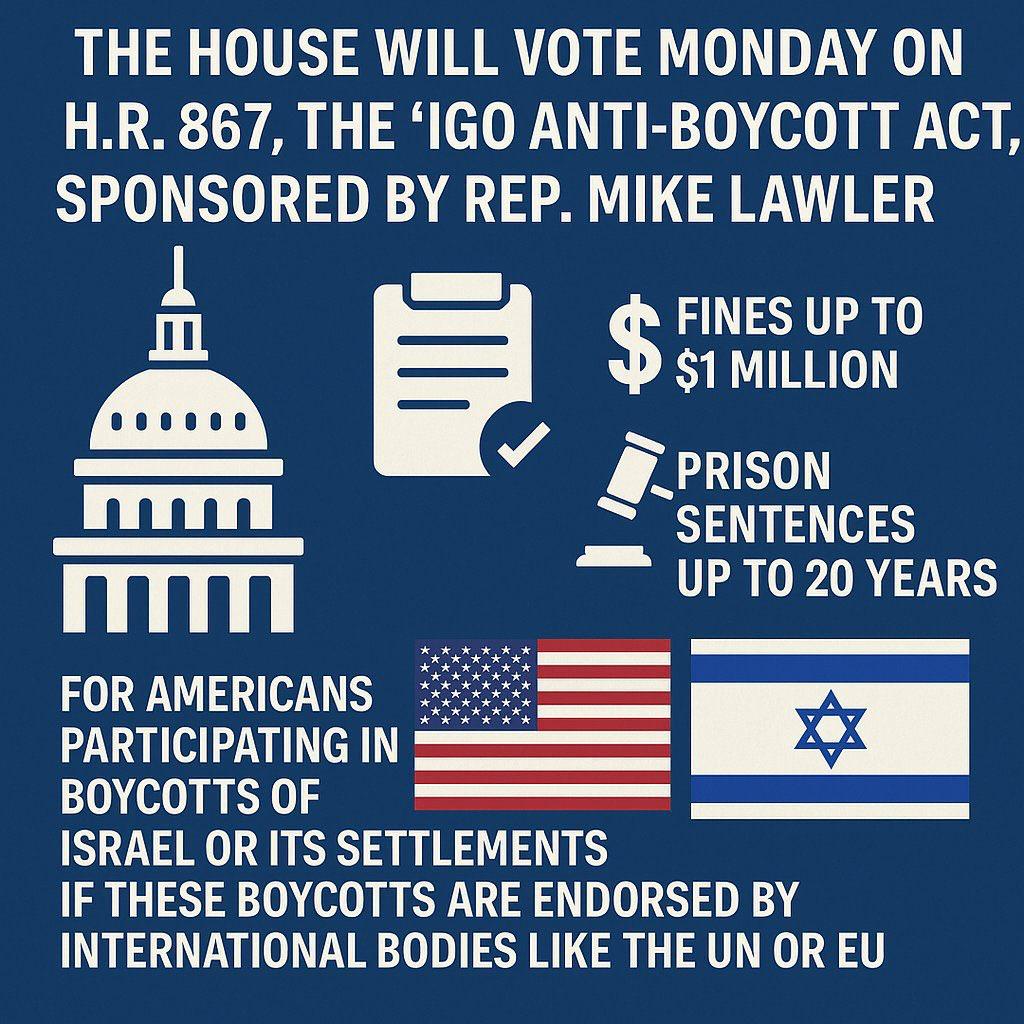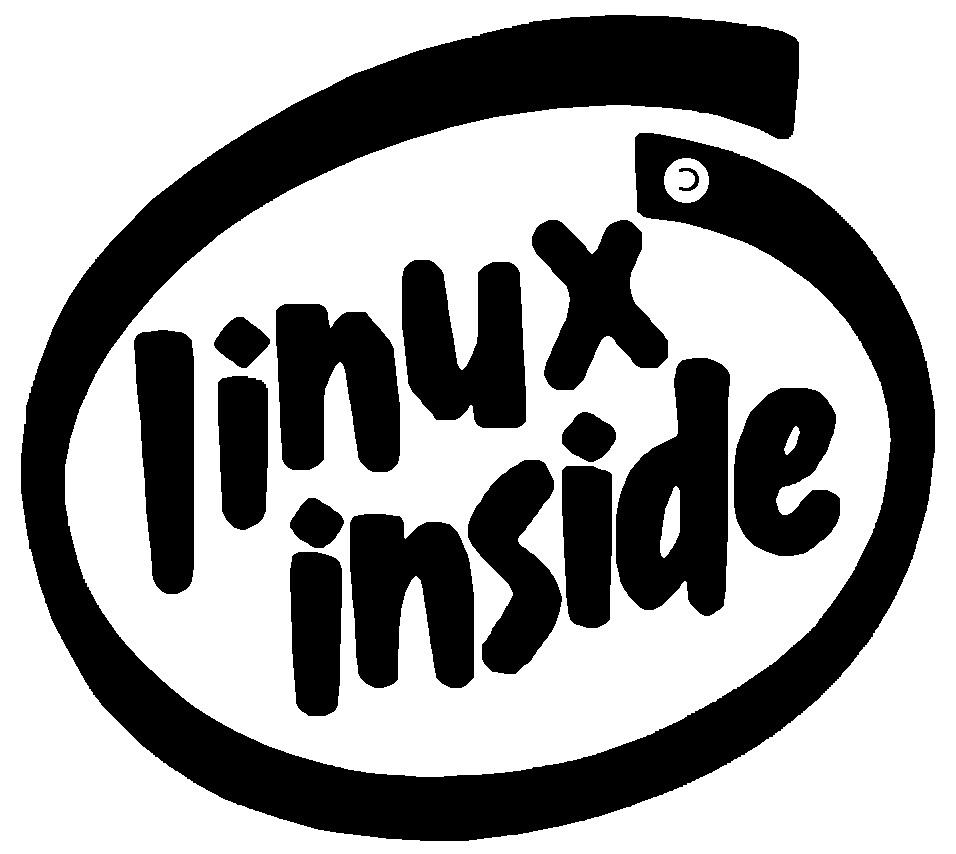The Avian Flu Panic and the Slaughter of Millions
Since the highly pathogenic avian influenza (HPAI) outbreak began in February 2022, the U.S. poultry industry has been gripped by a crisis that sent egg prices soaring to unprecedented levels. Over 166 million birds, predominantly egg-laying hens, were culled in an effort to curb the spread of the virus. This mass slaughter was driven by a longstanding USDA policy of “stamping out,” which mandates the depopulation of entire flocks if even a single bird tests positive for HPAI. The policy, in place across multiple administrations, was rooted in fears that the virus could devastate the poultry industry and, in rare cases, pose a public health risk.
However, the testing methods used to detect HPAI have faced scrutiny for their accuracy. Polymerase chain reaction (PCR) tests, commonly employed to identify the virus, can detect viral fragments in the absence of active infection, leading to false positives. These inaccuracies, combined with the USDA’s zero-tolerance approach, resulted in the destruction of millions of healthy chickens based on questionable results. Public propaganda amplified these fears, with media reports and government messaging emphasizing the need for drastic measures to “protect the food supply” and prevent a potential zoonotic threat. This created a feedback loop of panic, where the culling of entire flocks became the default response, regardless of the actual risk.
The consequences were dire. With egg-laying hens making up the majority of the culled birds, egg production plummeted. By December 2024, the average price of a dozen eggs reached $4.15, with some regions seeing prices as high as $8–$9. In 2025, the USDA predicted a further 41% price increase, exacerbating the financial burden on consumers already grappling with inflation. The culling policy, coupled with the time required to repopulate flocks (approximately 20 weeks for new hens to begin laying), created a supply crunch that seemed insurmountable.
The Push for Mass Vaccination and Resistance from Industry
One proposed solution to the crisis was mass vaccination of poultry, a strategy successfully implemented in countries like China, where vaccinated flocks are still culled if infections are detected, significantly reducing outbreak severity. Vaccines could theoretically reduce the need for mass culls by preventing widespread infection, thereby stabilizing egg supply and prices. However, the U.S. has been hesitant to adopt this approach due to several concerns.
Firstly, the poultry industry, particularly meat chicken producers, feared that vaccinating birds could jeopardize exports worth nearly $4.7 billion annually. Many countries refuse to import poultry from vaccinated flocks, citing concerns that vaccines could mask asymptomatic infections, allowing the virus to spread undetected. Secondly, logistical challenges loomed large: vaccinating millions of chickens via individual shots was deemed impractical, and alternative delivery methods (e.g., through feed or water) were not yet viable. Finally, there were fears that vaccinated flocks could harbor the virus, potentially mutating into a strain more dangerous to humans, despite evidence that proper cooking eliminates any risk. These concerns, amplified by industry lobbying and public apprehension, delayed the adoption of vaccines, leaving culling as the primary tool.
Public Propaganda and the Amplification of Fear
The mass culling policy was further entrenched by public propaganda that overstated the risks of avian flu. Media outlets and health officials frequently highlighted the virus’s spread to dairy cattle and rare human cases (67 confirmed cases and one death in the U.S. since 2022), creating an impression of an imminent pandemic. This narrative obscured the fact that HPAI poses minimal risk to humans, with no evidence of person-to-person transmission and the virus being easily neutralized by cooking poultry to 165°F. The public’s fear, fueled by sensationalized reporting, pressured policymakers to maintain aggressive culling protocols, even when less drastic measures, such as targeted culling or vaccination, could have sufficed.
This fear-driven approach also ignored the economic fallout. The destruction of millions of hens not only reduced egg supply but also cost taxpayers over $1.14 billion in USDA compensation to farmers. Small farmers, in particular, were hit hard, spending hundreds of thousands on biosecurity measures while facing supply chain disruptions and skyrocketing feed costs. The public’s demand for “safe” food, coupled with inaccurate testing, created a perfect storm that drove egg prices to unsustainable levels.
The Current Administration’s Response: A Five-Pronged Strategy
Recognizing the economic and social toll of the egg crisis, the current administration, under President Donald Trump, took decisive action in early 2025 to address the root causes and restore affordability. Agriculture Secretary Brooke Rollins outlined a comprehensive $1 billion plan to combat avian flu and reduce egg prices, focusing on five key strategies:
- Enhanced Biosecurity ($500 million): The USDA launched Wildlife Biosecurity Assessments, a pilot program offering free consulting to egg-laying farms and covering up to 75% of costs to address vulnerabilities. This initiative targeted the 83% of HPAI cases caused by wild bird transmission, reducing the need for culls by preventing outbreaks.
- Financial Relief ($400 million): Additional aid was provided to farmers affected by flock losses, streamlining approvals to restart operations post-outbreak. This support helped farmers repopulate flocks faster, easing supply constraints.
- Vaccine Research ($100 million): The USDA allocated funds to develop effective, scalable vaccines for egg-laying hens, collaborating with state leaders, farmers, and public health experts. The administration also worked with trading partners to mitigate export concerns, paving the way for eventual vaccine adoption without compromising trade.
- Regulatory Reform: The administration rolled back restrictive state laws, such as California’s cage-free mandates, which had exacerbated supply disruptions and price increases. By reducing regulatory burdens, the USDA enabled farmers to operate more efficiently and increase egg production.
- Temporary Imports: To bridge the supply gap, the USDA facilitated imports of 70–100 million eggs from countries like Brazil, Turkey, and South Korea, ensuring stringent safety standards. While domestic production remained the priority, these imports provided immediate relief to consumers.
The Resolution: Egg Prices Stabilized
The administration’s multifaceted approach yielded tangible results. By mid-2025, enhanced biosecurity measures reduced HPAI outbreaks, allowing egg production to rebound. The financial relief and streamlined approvals enabled farmers to replace culled flocks more quickly, while regulatory reforms lowered operational costs. The exploration of vaccines, though not yet fully implemented, signaled a long-term commitment to reducing reliance on mass culling. Temporary imports, though a small fraction of the 7.57 billion eggs produced monthly, helped stabilize prices during the transition.
As a result, egg prices began to decline significantly. By July 2025, the average price of a dozen eggs dropped to $2.50–$3.00, a stark contrast to the $5.90 peak earlier in the year. In some regions, prices fell below $2.00, restoring eggs as an affordable staple for American families. Restaurants like Denny’s and Waffle House removed egg surcharges, and grocery stores lifted purchase limits, reflecting a return to normalcy. The administration’s proactive measures not only resolved the immediate crisis but also laid the groundwork for a more resilient poultry industry.
Conclusion: A Lesson in Pragmatism
The egg price crisis of 2022–2025 was a cautionary tale of how fear, flawed testing, and rigid policies can spiral into economic chaos. The mass culling of chickens, driven by public propaganda and inaccurate testing, devastated the poultry industry and burdened consumers with exorbitant prices. The current administration’s swift and pragmatic response—combining biosecurity, financial aid, vaccine research, regulatory reform, and strategic imports—demonstrated that thoughtful intervention can reverse even the most entrenched crises. By addressing the root causes and prioritizing affordability, the administration restored eggs to their rightful place as a budget-friendly food, proving that reason can triumph over panic.
![]()





